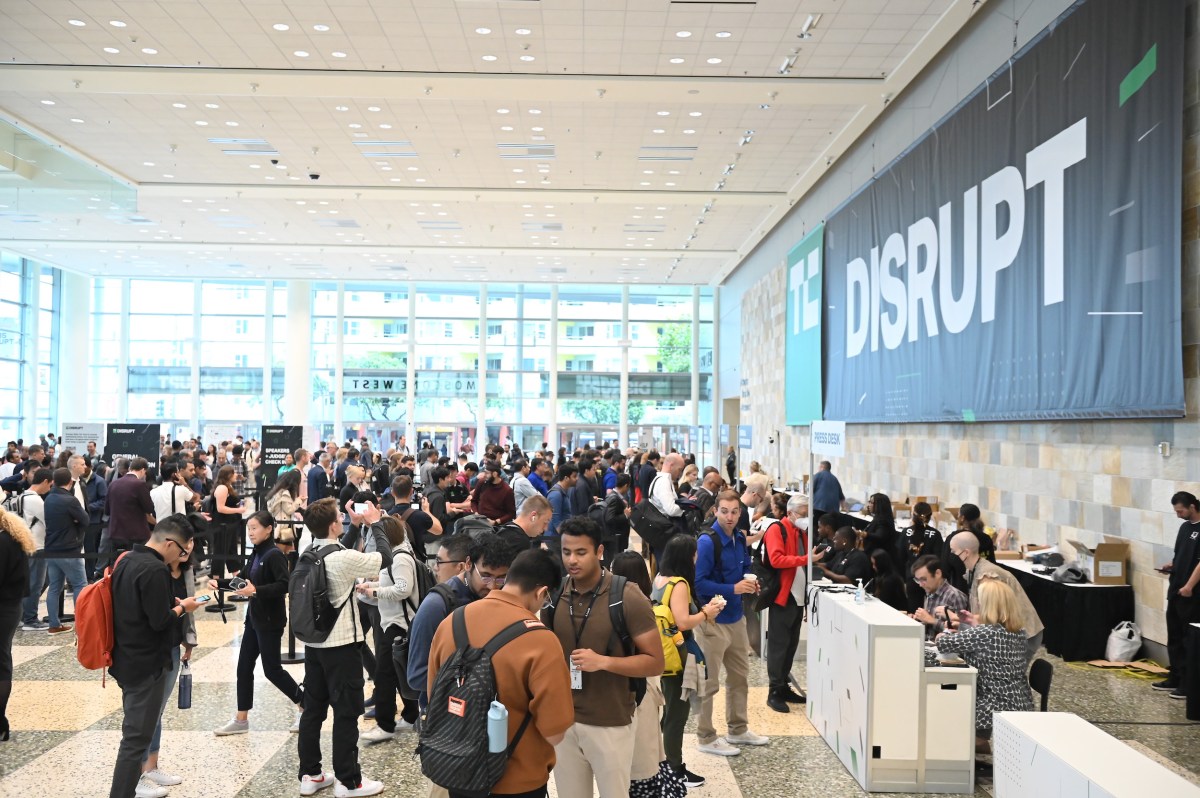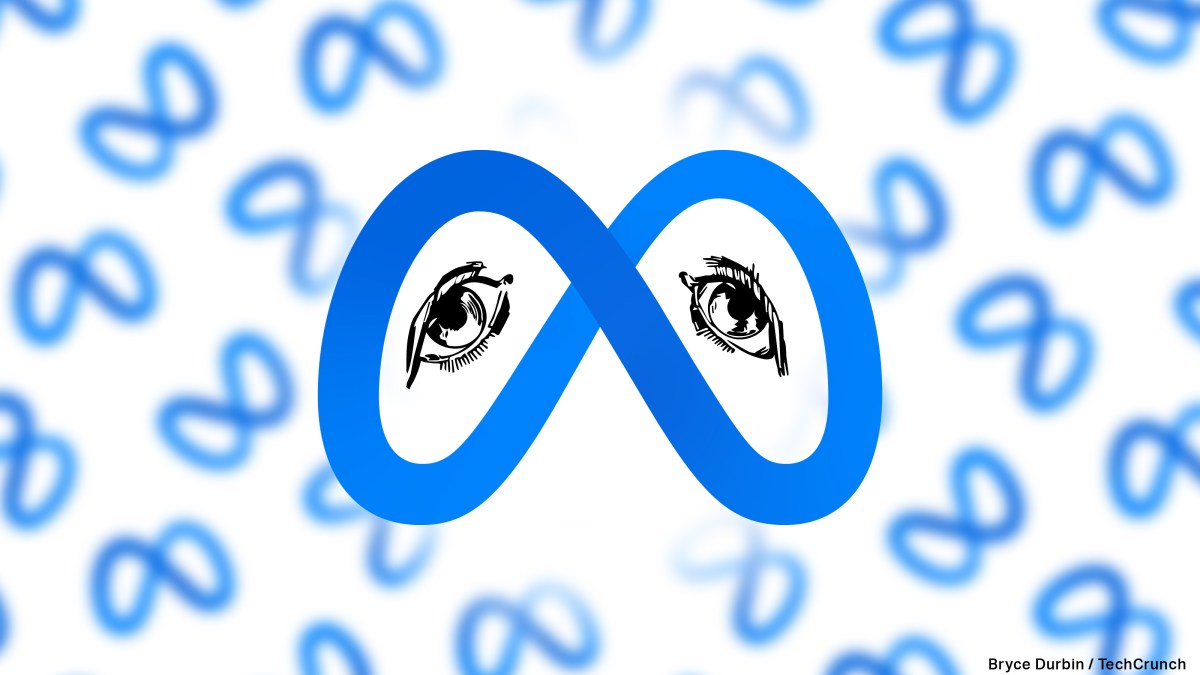The Download: untrustworthy AI, and Rust’s origin story
This is today’s edition of The Download, our weekday newsletter that provides a daily dose of what’s going on in the world of technology.
Why you shouldn’t trust AI search engines
Last week was the week chatbot-powered search engines were supposed to arrive. The idea is for AI bots to generate chatty answers to our questions, instead of just returning lists of links. But things… are not going according to plan.
Straight after Microsoft let people poke around with its new ChatGPT-powered Bing search engine, people found that it responded to some questions with incorrect answers. Google had an embarrassing moment when scientists spotted a factual error in its own advertisement for its chatbot Bard, which wiped $100 billion off its share price.
The problem is that AI language models are simply not ready to be used like this at this scale. They have no knowledge of what the sentences they spew actually mean—making it incredibly dangerous to combine them with search. Read the full story.
—Melissa Heikkilä
Melissa’s story is from The Algorithm, her weekly newsletter giving you the inside track on all things AI. Sign up to receive it in your inbox every Monday.
How Rust went from a side project to the world’s most-loved programming language
Many software projects emerge because—somewhere out there—a programmer had a personal problem to solve.
That’s more or less what happened to Graydon Hoare. In 2006, Hoare was a 29-year-old computer programmer working for Mozilla. After a software crash broke the elevator in his building, he set about designing a new computer language; one that he hoped would make it possible to write small, fast code without memory bugs.
That language developed into Rust, one of the hottest new languages on the planet. But while it isn’t unusual for someone to make a new computer language, it’s incredibly rare for one to take hold and become part of the programming pantheon. How did Rust do it? Read the full story.
—Clive Thompson
This story is from our forthcoming print issue, which dives into the intersection between technology and design. Sign up for a subscription to read the full edition when it comes out later this month.
The must-reads
I’ve combed the internet to find you today’s most fun/important/scary/fascinating stories about technology.
1 The US has recovered sensors from China’s ‘spy balloon’
The FBI is now working out whether it’s the weather monitoring device China insists it is. (BBC)
+ Beijing has been forced into damage-control mode. (The Atlantic $)
+ You’ve heard of space trash, but what about sky trash? (The Guardian)
+ We still don’t know if the truth really is out there. (NY Mag $)
2 Long covid isn’t going anywhere
But treatment and understanding of its symptoms is still patchy. (The Atlantic $)
+ A new app aims to help millions of people living with long covid. (MIT Technology Review)
3 Crypto’s outlook is going from bad to worse
Regulators are circling, and a crackdown is imminent. (WSJ $)
+ Crypto is an easy target for US authorities. (Wired $)
+ What’s next for crypto. (MIT Technology Review)
4 Deepfake porn victims are being harassed relentlessly
Speaking out about their experiences only exacerbates the problem. (Motherboard)
+ Deepfake porn is ruining women’s lives. (MIT Technology Review)
5 Patients’ mental health data is up for sale
In the US there’s no legal way to stop it, either. (WP $)
+ Martin Shreli has likened his drug discovery software to a ‘recipe website.’ (Ars Technica)
6 Inside the unstoppable rise of renewable energy
Coal, gas and oil are expensive. Renewable companies hope to fill the void. (Economist $)
+ Could recycling wind turbine blades solve the industry’s plastic problem? (The Verge)
+ We have enough materials to power the world with renewable energy. (MIT Technology Review)
7 Teens have managed to shake off TikTok’s tics
They started experiencing sudden, explosive tics during the pandemic. Now, the majority have recovered.(NYT $)
8 Amazon’s robotaxis are on the move
Running around a two-mile loop of road in California. (TechCrunch)
+ A day in the life of a Chinese robotaxi driver. (MIT Technology Review)
9 AI could improve our dating lives
That doesn’t mean it’ll make them more interesting, though. (Inverse)
+ The tricky science behind successful matchmaking. (Vox)
+ How convenient: liking crypto is attractive, according to a crypto study. (TechCrunch)
10 The ever-evolving way we show love online 
Specifically through the visual medium of a heart. (NYT $)
Quote of the day
“I don’t think the American people need to worry about aliens.”
—John Kirby, a spokesperson for the US National Security Council, seeks to reassure the public after officials shot down three unidentified flying objects over the weekend, the Financial Times reports.
The big story
What to expect when you’re expecting an extra X or Y chromosome
August 2022
Sex chromosome variations, in which people have a surplus or missing X or Y, occur in as many as one in 400 births. Yet the majority of people affected don’t even know they have them, because these conditions can fly under the radar.
As more expectant parents opt for noninvasive prenatal testing in hopes of ruling out serious conditions, many of them are surprised to discover instead that their fetus has a far less severe—but far less well-known—condition.
And because so many sex chromosome variations have historically gone undiagnosed, many ob-gyns are not familiar with these conditions, leaving families to navigate the unexpected news on their own. Read the full story.
—Bonnie Rochman
We can still have nice things
A place for comfort, fun and distraction in these weird times. (Got any ideas? Drop me a line or tweet ’em at me.)
+ Insects don’t hear like us—their methods are far cooler.
+ How do I love thee? Let me count the ways.
+ This is very cool: how your mind processes a color that doesn’t actually exist (thanks Steve!)
+ If you like bananas as much as I do, you’re in for a treat.
+ Happy Valentine’s Day from everyone’s favorite 12-foot skeleton.




